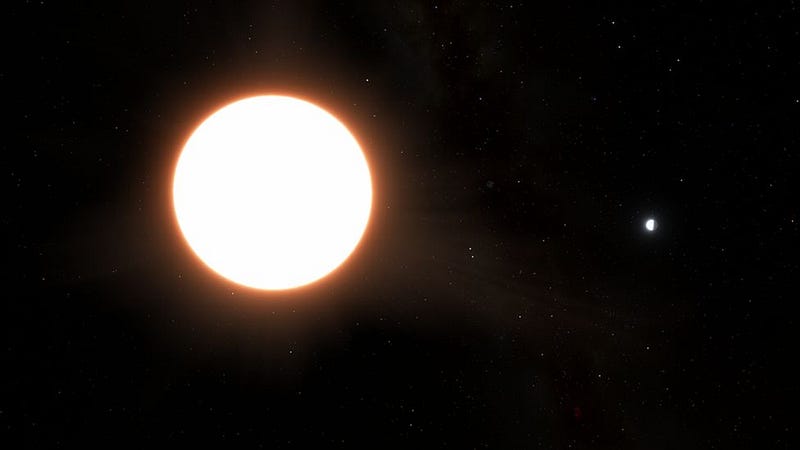Discovering the Shiniest Exoplanet: A Surprising Find
Written on
Chapter 1: Introduction to Exoplanet LTT9779 b
Recent discoveries in astronomy have unveiled an exceptionally shiny exoplanet known as LTT9779 b. This finding, made possible by the European Space Agency’s Cheops satellite, suggests that this exoplanet could be even more reflective than Venus, which is the second-brightest object visible from Earth at night, following the Moon.
According to astronomers, this remarkable brightness can be attributed to the presence of metallic clouds enveloping the planet.
Section 1.1: The Unique Composition of LTT9779 b
LTT9779 b exhibits a fascinating structure characterized by two principal layers of metallic clouds. The outermost layer comprises silicate materials, which are also found in quartz, sand, and glass, while the inner layer consists of titanate. Additionally, various metals and minerals are dispersed throughout these layers, contributing to a highly reflective surface that can be detected from space.

Section 1.2: The Planet’s Size and Mass
LTT9779 b is slightly larger than Neptune, measuring about 1.2 times its size and boasting a mass 1.7 times greater. As astronomer James Jenkins from Diego Portales University eloquently describes, the planet resembles “a burning world, close to its star, with heavy clouds of metals floating aloft, raining down titanium droplets.”
Chapter 2: Discovery Process
The discovery of LTT9779 b was facilitated by the Cheops satellite, which stands for CHaracterising ExOPlanet Satellite. This mission is the first of its kind dedicated to the comprehensive study of exoplanets, aimed at measuring the sizes of distant planets as they transit their host stars. It also investigates the atmospheres of these planets to assess their composition and potential habitability.
In the first video, "JWST Discovers NEW PLANET - It's the Coldest, Oldest Exoplanet Ever Imaged," researchers delve into the capabilities of the James Webb Space Telescope and its role in uncovering new celestial bodies.
Section 2.1: Importance of LTT9779 b
The significance of LTT9779 b cannot be overstated. According to Vivien Parmentier from the Observatory of Côte d’Azur, “It’s a planet that shouldn’t exist.” The side of the planet facing its star experiences extreme temperatures exceeding 2000 degrees Celsius (3600 degrees Fahrenheit). Astronomers argue that any planet with such high temperatures should not host metallic clouds like those found on ultra-hot Neptune.
The second video, "Scientists Discover New Planets More Habitable Than Earth," explores the quest for exoplanets that may offer conditions suitable for life, highlighting recent breakthroughs in the field.
Chapter 3: Future Research Directions
Astronomers are eager to expand upon their findings from Cheops, planning to utilize both the Hubble and James Webb telescopes for further observations of this intriguing exoplanet. They aim to gain deeper insights into its composition and the peculiar characteristics that make it so unique.